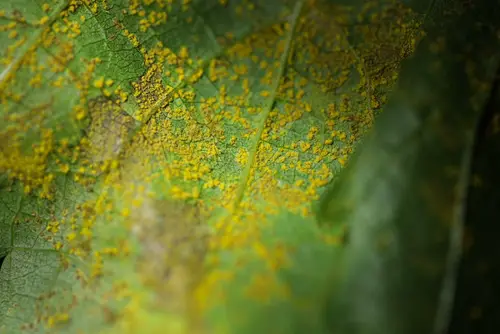Boll rot is a fungal disease that can affect various plants, including cotton. It is caused by the Sclerotinia sclerotiorum fungus, which can attack hundreds of plant species, including sunflowers, canola, vegetables, and legumes.
The disease can cause significant damage to crops and affect yields, making it a concern for farmers and gardeners alike. Understanding the symptoms of boll rot is crucial to identify the disease early and prevent its spread. The fungus attacks the plant’s flowers and causes them to rot, leading to yield losses.
The affected flowers may become soft and watery, with a cottony growth on the surface. As the disease progresses, the affected tissues may turn brown and produce hard, black structures called sclerotia, which can survive in the soil for years and infect new plants.
Key Takeaways
- Boll rot is a fungal disease caused by Sclerotinia sclerotiorum that can affect various plants, including cotton, sunflowers, and vegetables.
- The disease can cause significant damage to crops and affect yields by attacking the plant’s flowers and causing them to rot.
- Identifying the symptoms of boll rot is crucial to prevent its spread and minimize yield losses.
Check out previous posts on this category:
- Where Do Plants Get Raw Materials for Photosynthesis?
- When to Plant Cucumbers in North Florida?
- Where Do Air Plants Grow In Florida?
Understanding Boll Rot
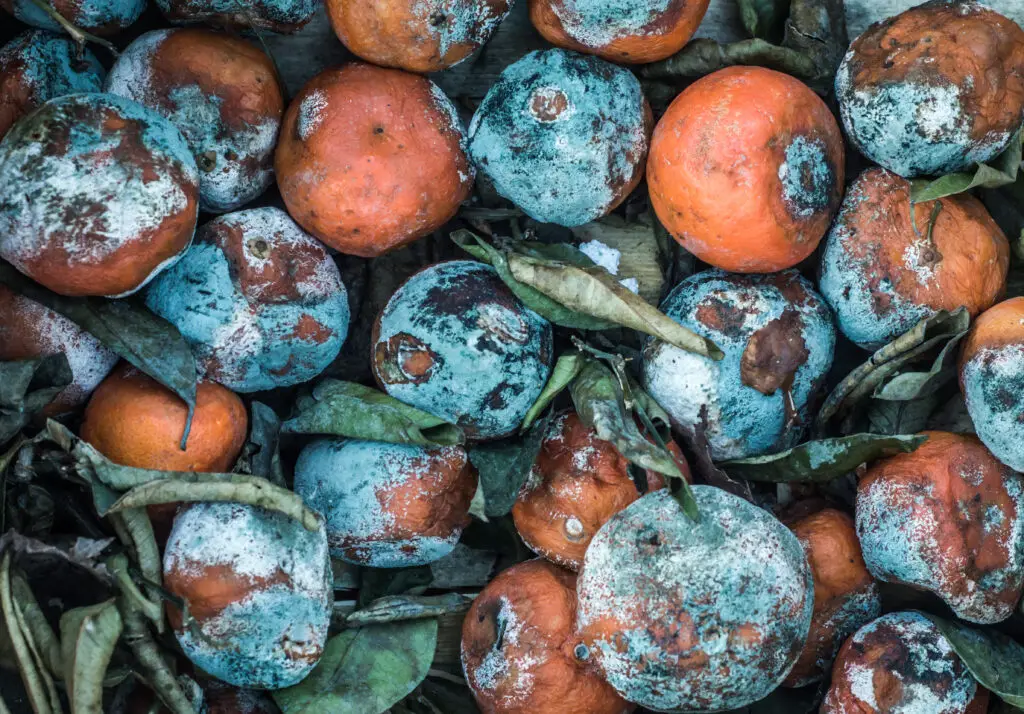
Boll rot is a plant disease that affects the cotton boll, which is the fruiting body of the cotton plant. It is caused by the fungal pathogen Sclerotinia sclerotiorum.
This pathogen can also attack hundreds of other plant species, including many important agricultural crops such as vegetables, legumes, sunflowers, canola, many flowering bedding plants, and stone fruits.
Boll rot is a serious fungal disease that can cause significant yield losses in cotton crops. The disease is more likely to occur in wet weather and high humidity conditions. Excess nitrogen and overwatering can also increase the risk of infection.
The symptoms of boll rot include a soft, watery decay of the cotton boll, which can progress to a hard, blackened decay. The decay can spread to adjacent bolls, causing significant damage to the crop. In severe cases, the entire cotton boll can be destroyed.
Boll rot can be managed through a combination of cultural and chemical control measures. Cultural practices such as avoiding overwatering, reducing nitrogen fertilizer application, and ensuring good drainage can help reduce the risk of infection.
Fungicides can also be used to control the disease, but they should be applied before the disease becomes established.
Symptoms of Boll Rot
Boll rot is a fungal disease that can affect several plant species, including cotton, vegetables, and fruits. The symptoms of boll rot vary depending on the plant species affected.
In cotton, boll rot can cause the bolls to turn black and become covered with a white cottony mycelium growth and sclerotia. The disease often occurs in patches in a field, and the infected bolls may drop from the plant.
In vegetables such as tomato, peppers, eggplant, and squash, boll rot can cause the fruit to develop small, light brown spots that turn dark brown or black and join together. The infected fruit may also become covered with a white fuzzy growth.
Watermelon is another plant that can be affected by boll rot. The disease causes wet spots to appear on the fruit, which then turn black. Fungi may develop on the infected fruit, and in severe cases, the fruit may split open.
It is important to note that boll rot can be easily confused with other fungal diseases such as Alternaria leaf spot and Ascochyta blight. Therefore, it is recommended to consult with a plant disease specialist for accurate diagnosis and treatment.
Plants Affected by Boll Rot
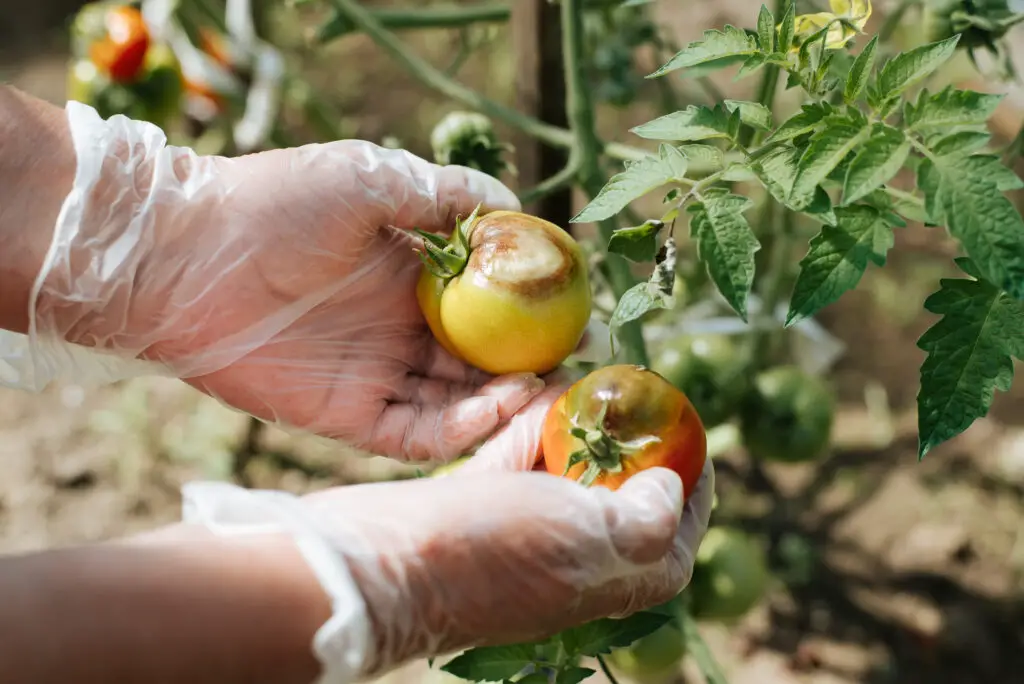
Boll rot is a fungal disease caused by Sclerotinia sclerotiorum, which can affect several plant species, including cotton, tomato, peppers, eggplant, squash, watermelon, and other vegetables. The pathogen attacks the plant’s tissues, causing decay and wilting, and can lead to significant yield losses if left untreated.
Cotton plants are particularly susceptible to boll rot, and the disease can cause significant damage to the crop, especially during periods of high humidity and rainfall. The fungus can infect the bolls, causing them to rot and become covered with white mycelium, which can spread to other parts of the plant.
Tomatoes, peppers, and eggplants are also susceptible to boll rot, and the disease can cause significant losses in yield and quality. The fungus can infect the stem, leaves, and fruit of these plants, causing them to wilt and decay. In some cases, the infection can spread to the roots, leading to root rot and plant death.
Squash and other cucurbits are also vulnerable to boll rot, which can cause the fruit to rot and become covered with white mycelium. The disease can spread rapidly in warm, humid conditions, and can be difficult to control once established.
Watermelon is another crop that can be affected by boll rot, and the disease can cause significant losses in yield and quality. The fungus can infect the fruit, causing it to rot and become covered with white mycelium, which can spread to other parts of the plant.
Boll Rot in Different Regions
Boll rot is a widespread disease that affects cotton plants in many regions of the world. In Pakistan, boll rot is a significant threat to cotton crops, causing significant yield losses. The disease is caused by several fungal and bacterial pathogens, including Rhizoctonia solani, Fusarium moniliforme, and Alternaria alternata.
In Asia, boll rot is a common problem in cotton-growing regions. The disease is prevalent in areas with high humidity, where the plants are susceptible to fungal and bacterial infections. In addition to reducing yields, boll rot can also cause quality issues, such as staining and discoloration of cotton fibers.
Georgia is another region where boll rot is a significant concern for cotton growers. The disease can occur in both dry and humid conditions and is often associated with insect damage to the bolls. In severe cases, boll rot can cause premature boll drop, reducing yields and quality.
Cotton boll rot is a complex disease that can be challenging to manage. However, growers can take several steps to reduce the risk of infection, such as using disease-resistant varieties, practicing good sanitation, and applying fungicides and bactericides as needed.
Regular scouting and monitoring of crops can also help detect the disease early, allowing for timely intervention to prevent further spread.
Causes of Boll Rot
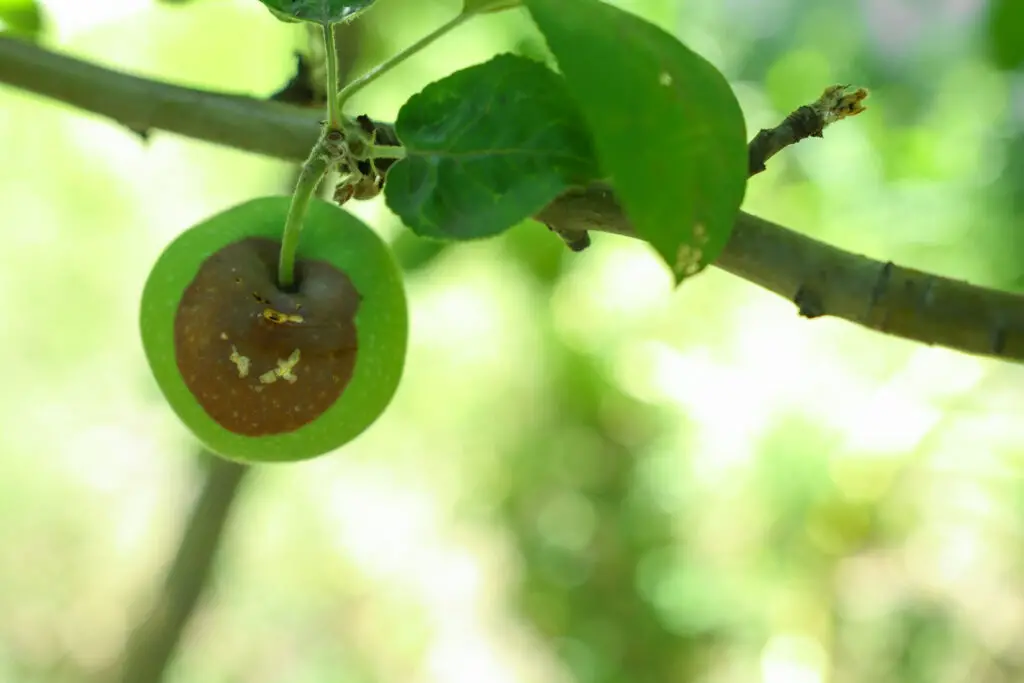
Boll rot is a fungal disease that can affect cotton plants. The disease is caused by several species of fungi, including Sclerotinia sclerotiorum. Boll rot can be caused by a combination of factors, including soil, weather, and insect pests.
Soil plays a critical role in the development of boll rot. The disease is more common in soils that are poorly drained or have a high clay content.
These soils tend to retain moisture, creating the ideal conditions for fungal growth. The disease can also be more severe in soils that are low in nitrogen, as nitrogen is essential for plant growth and development.
Bacteria can also play a role in the development of boll rot. While bacteria themselves cannot be seen with the naked eye, the symptoms they cause are visible. Bacterial infections can weaken the plant, making it more susceptible to fungal infections.
Weather is another significant factor in the development of boll rot. Wet weather conditions, particularly during the flowering and boll development stage, can increase the risk of infection. High humidity levels can also promote fungal growth.
Soil pH and soil moisture levels can also impact the development of boll rot. The disease is more common in soils with a pH below 7.2, and in soils that are excessively wet or dry. Proper irrigation practices, such as drip irrigation, can help maintain optimal soil moisture levels.
Insect pests, such as the cotton stainer and other hemiptera, can also contribute to the development of boll rot. These pests can damage the bolls, creating entry points for fungal infections. Proper pest management practices can help reduce the risk of infection.
Prevention and Control of Boll Rot
Boll rot is a fungal disease that affects cotton plants, leading to significant yield losses. Prevention and control of boll rot is essential to ensure a healthy cotton crop. Here are some measures that can be taken to prevent and control boll rot:
1. Soil Management
Maintaining the right soil pH is crucial for preventing boll rot. The ideal pH range for cotton is between 6.0 and 6.5. A soil test can help determine the pH of the soil. If the pH is too high, lime can be added to lower it. If the pH is too low, sulfur can be added to raise it.
2. Fertilizer Management
Proper fertilizer management is important for preventing boll rot. Nitrogen is essential for cotton growth, but excessive use of nitrogen can lead to boll rot. It is recommended to apply nitrogen fertilizer in split doses to avoid over-fertilization.
3. Water Management
Watering the cotton crop at the right time is vital for preventing boll rot. Overwatering can lead to waterlogged soil, which can create favorable conditions for the growth of fungi that cause boll rot. It is recommended to water the crop when the topsoil is dry.
4. Crop Management
Crop management practices can also help prevent boll rot. Planting disease-resistant varieties of cotton can help reduce the risk of boll rot. Proper spacing between plants can also help prevent the spread of the disease. Removing infected plant debris from the field can also help prevent the spread of boll rot.
5. Chemical Control
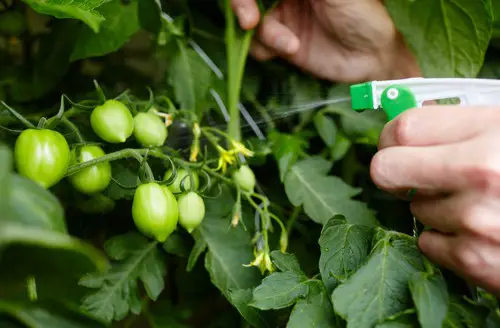
Fungicides can be used to control boll rot. However, it is important to use fungicides in combination with other management practices. It is recommended to use fungicides when the first bolls appear on the plant. The use of fungicides should be based on the severity of the disease.
Frequently Asked Questions
What causes boll rot in cotton plants?
Boll rot in cotton plants is caused by the fungal pathogen Sclerotinia sclerotiorum. This pathogen can attack hundreds of plant species, including many important agricultural crops such as vegetables, legumes, sunflowers, canola, many flowering bedding plants, and stone fruits.
The fungus enters the cotton plant through natural openings or wounds and causes wet spots on the bolls, which can turn black and become covered in fungi.
What are the symptoms of boll rot in cotton plants?
The symptoms of boll rot in cotton plants include wet spots on the bolls that turn black and become covered in fungi. In severe cases, the bolls can drop from the plant, and the cotton inside the infected bolls becomes yellow, which lowers the price of the cotton in the market.
How can boll rot be prevented in cotton plants?
To prevent boll rot in cotton plants, it is important to maintain good field sanitation practices. This includes removing infected plant debris, rotating crops, and avoiding planting cotton in fields with a history of boll rot.
Additionally, using fungicides can help prevent the spread of the fungus and protect cotton plants from infection.
What are the most common cotton plant diseases?
In addition to boll rot, some of the most common cotton plant diseases include bacterial blight, Fusarium wilt, Verticillium wilt, and root-knot nematodes. These diseases can cause significant damage to cotton plants and reduce crop yields if not properly managed.
What is bacterial blight of cotton?
Bacterial blight of cotton is a disease caused by the bacterium Xanthomonas campestris pv. malvacearum. The disease can cause wilting, leaf spotting, and boll rot, and can significantly reduce cotton yields.
To prevent bacterial blight, it is important to maintain good field sanitation practices and use disease-resistant cotton varieties.
What are the benefits of weed control in cotton farming?
Weed control is an important aspect of cotton farming, as weeds can compete with cotton plants for nutrients, water, and sunlight. Additionally, weeds can serve as hosts for pests and diseases that can damage cotton crops.
Effective weed control can help improve cotton yields and reduce the need for herbicides, which can be expensive and harmful to the environment.

Hey, I’m Lisa and I’ve been an avid gardener for over 30 years. I love writing, talking and living in the garden! Feel free to connect with me on my socials below

